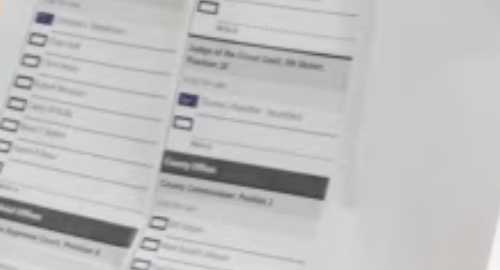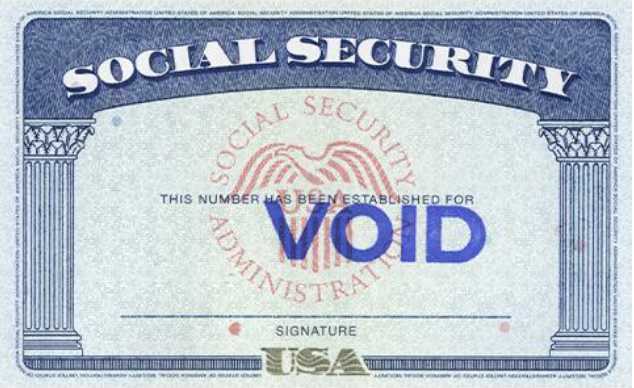Gubernatorial candidates weigh in on retirement solutions in AARP “video voters’ guides”

Anchorage, ALASKA – Wednesday, AARP Alaska released state issue support findings from a 2022 election survey that shows Alaskans 50+ support State action to encourage and promote retirement savings and related programs. More than three-fifths (61%) of 50+ voters are more likely to support a gubernatorial candidate who would restore pension benefits for public employees. Across party lines, 73% favor the creation of a retirement savings program for workers without access to one through their employers. To date, 16 states have enacted state- facilitated payroll deduction retirement savings or “Work & Save” programs.
AARP also released gubernatorial video voters’ guides Wednesday, with candidates Mike Dunleavy, Les Gara, and Bill Walker answering questions on important issues for Alaskans 50+, including how they would improve retirement savings or savings options for hardworking Alaskans. Video voters’ guides for the Governor’s race join AARP’s previously released videos, with many of the candidates for U.S. Senate and U.S. House.
With Alaska residents 50+ constituting a crucial voting bloc, candidates should pay close attention to these voters’ top issues, including taxes, inflation, and jobs and the economy, and majority support for retirement savings improvements.
Nearly half of workers in Alaska do not have access to a retirement plan at work, according to a new study released by AARP. 105,000 people — 47% of Alaska’s private sector employees ages 18 to 64 — work for an employer that does not offer either a traditional pension or a retirement savings plan.
“Having access to a retirement plan at work is critical for building financial security later in life. And we know people are much more likely to save for retirement if they can do so automatically through their paycheck,” said Teresa Holt, State Director, AARP Alaska. “The 47% percent of Alaskan workers that don’t have access to a workplace retirement plan come from all walks of life and work in a range of occupations.
Current state expenditures related to benefit programs like Medicaid are significant. Enhanced retirement savings would increase retiree incomes and ultimately limit the growing demand for these programs. This is especially critical in Alaska, the fastest-aging state in the nation per capita.”
Alaskans employed by small businesses are less likely to have access to a retirement plan than those at larger workplaces across the state. In workplaces with fewer than 10 employees, almost three-quarters (73%) of workers lack access to a plan. At companies with 10-24 employees, a majority (61%) still don’t have access to an employer-sponsored retirement savings program. Even among employers with more than 100 workers, 53% of employees do not have access to an employer-sponsored retirement plan.
Access to a retirement plan also varies by educational attainment. 76% of workers with less than a high school degree do not have an employer-provided retirement plan — compared to 50% of workers with some college and nearly 32% with a bachelor’s degree or higher.
In a recent national AARP survey, 96% of likely voters age 25 and over who are currently participating in a workplace retirement plan report the plan is important in helping them save for retirement. Nine in ten (91%) respondents also support establishing a state-facilitated program to help workers save for retirement if their employer does not offer such a plan.
###[content id=”79272″]





